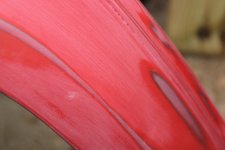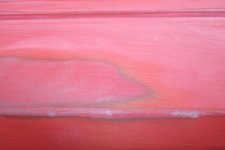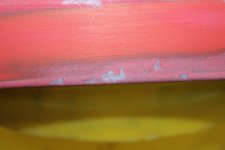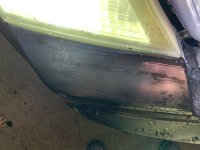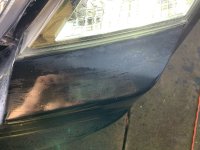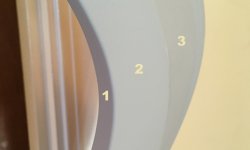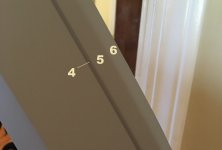bradleyheathhays
Member
96 XJ here. Both my front fenders look like in the pictures (spots are rain drops) and a buddy just was telling me that if you take a blow torch and hold it far away and move it back and forth, then slowly toward the fender that it would 're-activate' the clear coat and make it look new again, getting rid of the white that I guess is caused by UV.
Is this true?
If so I guess I'd take the fenders off to do the job. Never heard of this before so thought I'd run it through you guys before attempting it.
Thanks.
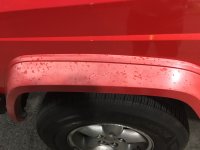
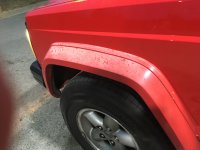
Is this true?
If so I guess I'd take the fenders off to do the job. Never heard of this before so thought I'd run it through you guys before attempting it.
Thanks.



